Service Design
How Design Thinking helps improve medical service sector
How we started our collaboration with RED service
In 2014 we started our co-operation with a startup RED on a project aimed at creating a service scenario for on-the-call mobile medical teams.
Andrey Perfilyev
Co-Founder and Medical Director at Atlas Biomed Group
"Imagine combining Uber with Invitro services. This is exactly what we do in the field of medical diagnostics with companies like Invitro, Citilab, KDL, Gemotest and others. I believe, you have already used one of their services. We are developing a network of medical offices as well as creating home-based blood testing service."
What is a mobile medical service?
1
Prompt service
Patients expect service as soon as possible after placing an order via phone or online.
2
Immediate action
Fast reaction and impeccable algorithm of actions in case of emergency.
3
Medical help
Patients have exceptionally high expectations from medical services.
We applied Design Thinking methodology to assist RED's experts.
Our collaboration step-by-step:
Our collaboration step-by-step:
Empathy
1
Obseravation in medical centres
First we got fully immersed into user experience of a medical centre. We achieved this by:
1) observing people in hospitals, i.e. ethnographic research of space and behavior;
2) acting as patients ourselves to go through each stage of a health testing procedure.
1) observing people in hospitals, i.e. ethnographic research of space and behavior;
2) acting as patients ourselves to go through each stage of a health testing procedure.
We watched how people spend their time waiting at the reception in private clinics,
and listened to visitors' registration processes, assessing their emotional state and satisfaction.
and listened to visitors' registration processes, assessing their emotional state and satisfaction.
During this process we used empathy map reflecting everything we heard, observed, and felt together with the visitors. We also used photography and video recording to analyse user experience in-depth.
Immediately we found out what could be improved straight away!

Finding №1
Security guard and cleaner are main navigation «tools» in clinic
Finding №2
Everyone reminds a visitor to put on shoe covers

Finding №3
Kids zone is simply a tick box rather than a functioning facility
2
Service testing here and now
We tested medical house call service by taking a «360 degree» approach.
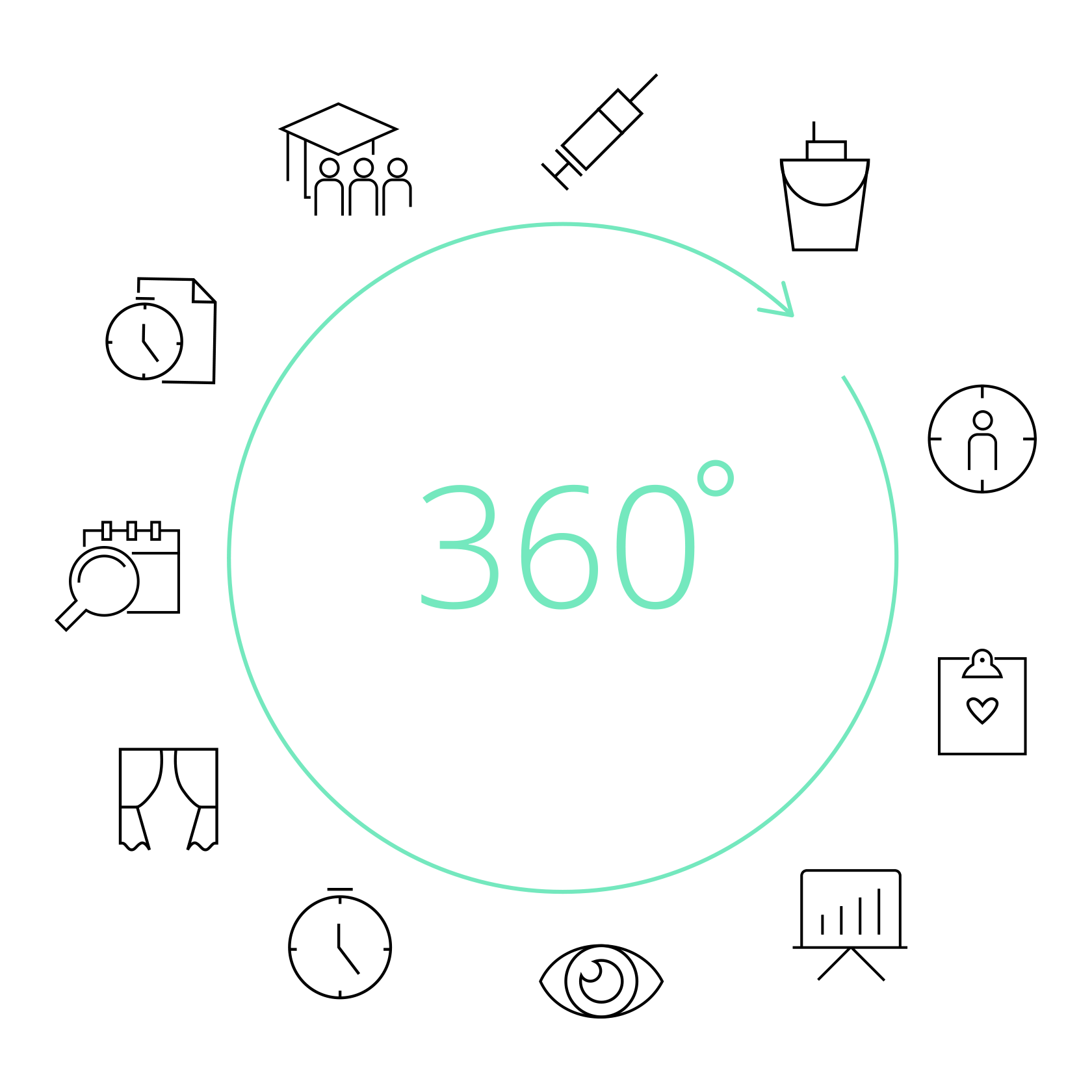
Finding №1
Time of the medical team arrival is unpredictable which makes patient stress out and unable to go elsewhere
Finding №2
Sometimes medical test results have to be "mined" instead of being available at patient's convinience
Finding №3
Medical staff fail to deal with confedential and sensitive information appropriately

Finding №4
Total number of tests required is only established during testing process

Finding №5
Medical service feels like a highly mechanical antihuman "conveyor"

Finding №6
Medical test results are clear to medical specialists, whereas patients get confused and afraid of misunderstanding the results
Customer Journey Map
Customer Journey Map serves us a platform for collecting observations based on patients' impressions from the service they received. By underlining patients' key steps and assigning corresponding time periods, stages, and psycho-emotional states we identified the scenario gaps.

Why we need a Customer Journey Map?
1
Research accuracy
Search for any issues that don't reflect or correspond to intuitive expectations of patients.
2
Correspondence analysis
Recognition of any mismatch between the real and the intuitive service scenario of a patient.
3
Integrity check
Identification of any fundamental gaps in a service scenario.
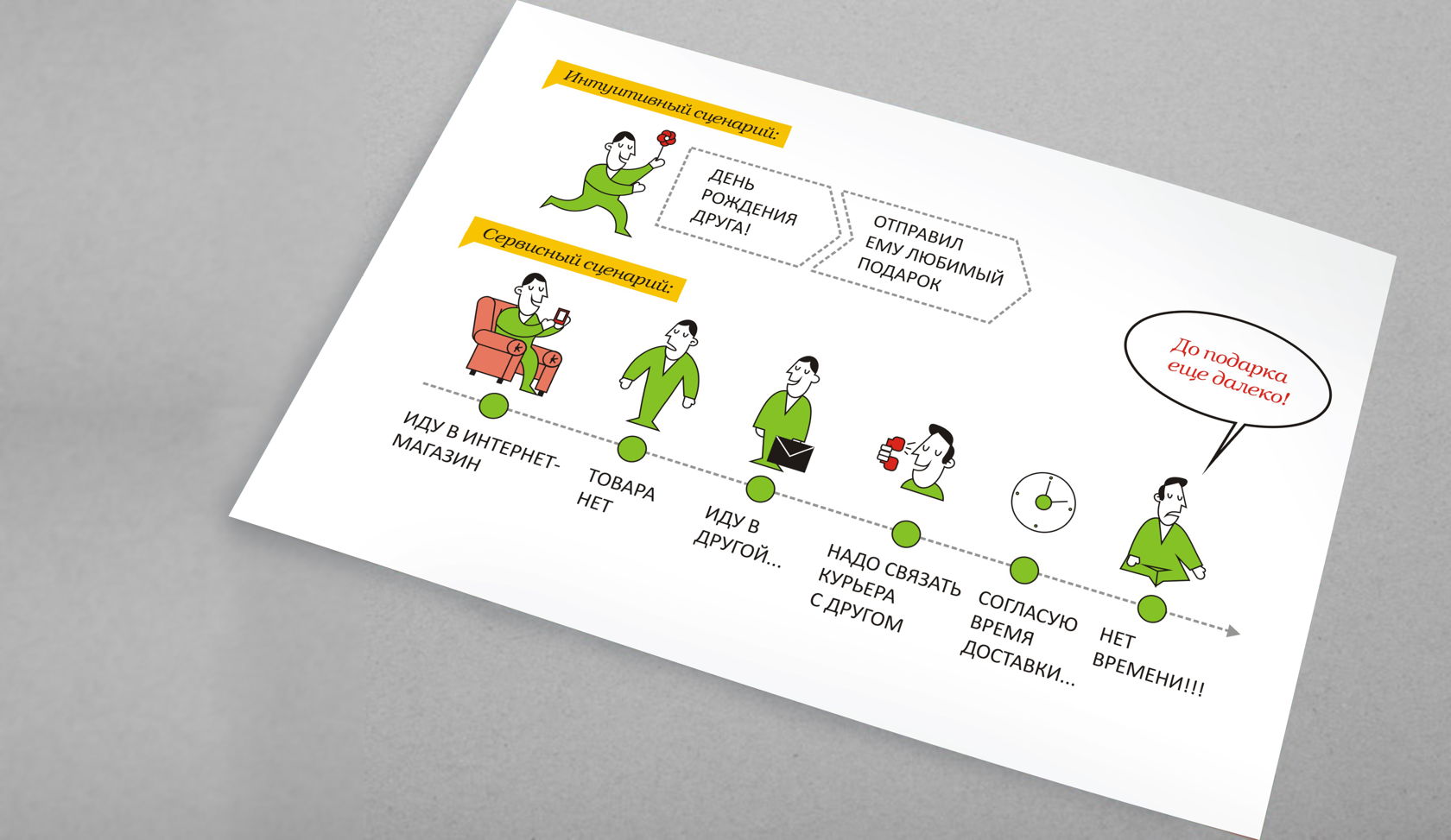
The example depicts a gap between customer's expectations and reality. A person simply wants to buy his friend a birthday gift — nice and easy but he has to go all the way through a multistage process. As a result there is a scenario breakdown due to the lack of time and motivation.
3
In-depth interviews with patients
Not only we assumed the roles of medical patients but we also conducted in-depth interviews. This ethnographic method helped us define limitations of current service in real-time. Next, our mission was to clarify the existing problems and find causes of intuitive actions and expectations.
What are the patients saying?
We believe that people's stories are of crucial value. Hence, we aim to collect real-life stories in the course of an interview process. The best way to get an insight is from customers who have just received a service being either satisfied or disappointed with it.
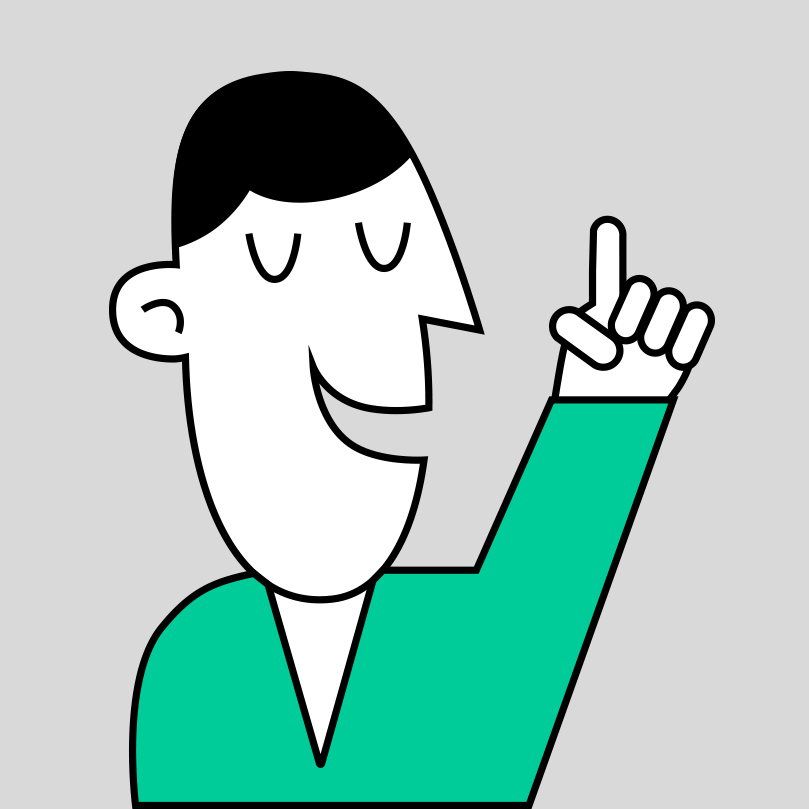
Patients
Fyodor: I want to help my doctor to get to know me better.
Tatiana: Because of this mess, we had to go get a medical degree ourselves.
Polina: That is why I try to go to a private clinic or a children's hospital. Yes, it's still painful, but at least the atmosphere there is pleasant and people are friendly.
Tatiana: So you've been waiting for 2 weeks... Then she comes and can't even take a blood test, missing the vein!
Tatiana: Because of this mess, we had to go get a medical degree ourselves.
Polina: That is why I try to go to a private clinic or a children's hospital. Yes, it's still painful, but at least the atmosphere there is pleasant and people are friendly.
Tatiana: So you've been waiting for 2 weeks... Then she comes and can't even take a blood test, missing the vein!
To facilitate in-depth interviews we used a pre-made process guide while still allowing for an open dialogue by listening to the patients' real-life stories.
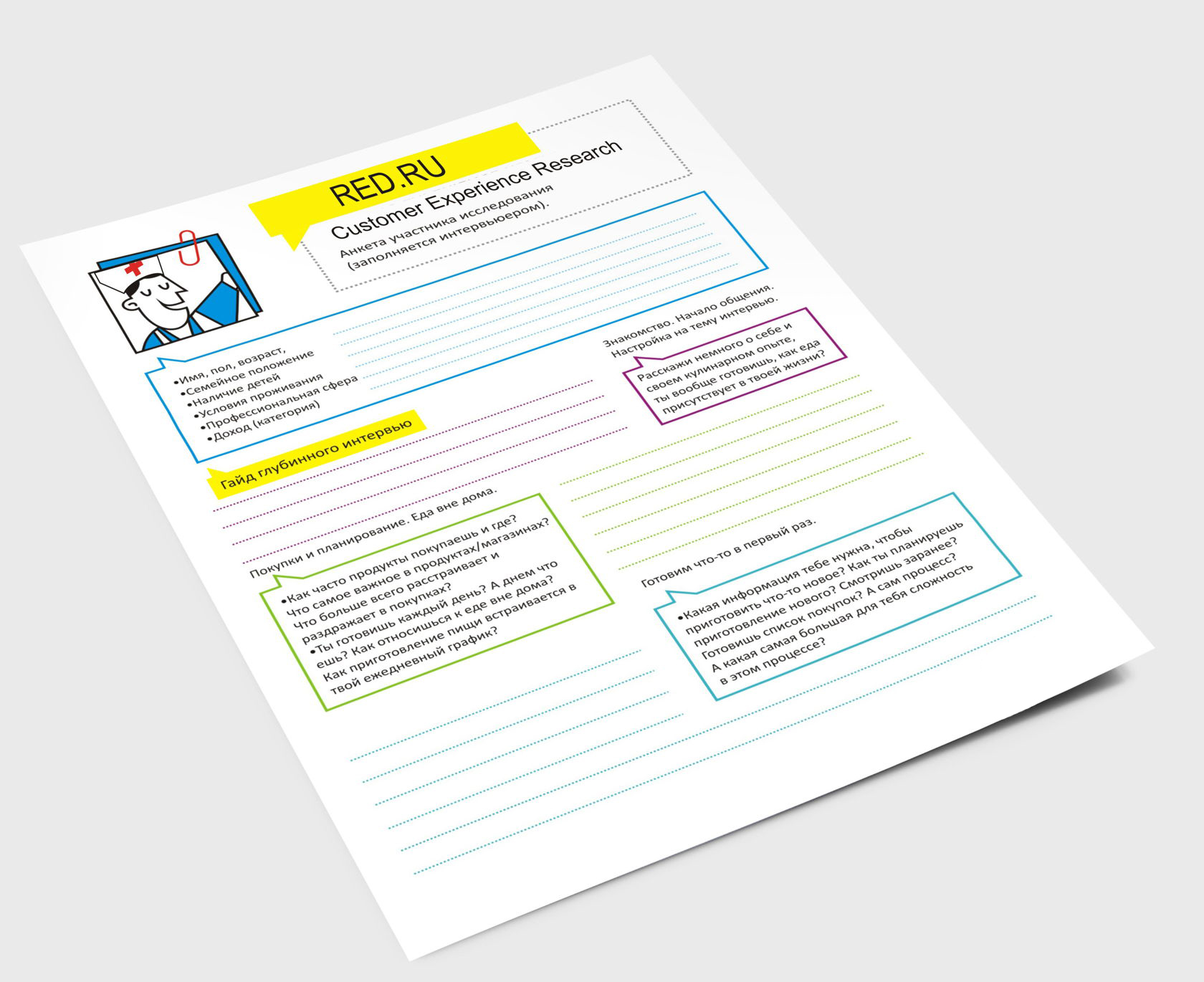
Service scenario
When we perform a service diagnostics it is critical not only to pay close attention to the work of medical staff but also to take into account all hidden parts of the service. Thus, using a Service Blueprint map enables us focusing on the entire service scenario process.

It is important to maintain a strong connection between patient's identified problems and their intuitive scenario providing an opportunity to improve business processes.

How a Service Blueprint map helps us at work?
1
Identification of stages
Keeps our focus on a patient's key steps.
2
Feedback
Shows how medical staff receive support from a back-office.
3
A set of service features
Includes a set of valuable service features, existing and potential ones.
4
Visualisation
Collects all service-related information in a visual format.
5
Service in action
Represents an entire service mechanism in action.
6
User experience
Recognises patients' expectations as well as identifies any scenario gaps.
Focus
After conducting hours of real-time observations we concentrated on a hidden part of an iceberg, known as service backstage mechanism, and in collaboration with our client's team focused on these specific elements comprising an effective service teamwork.

What is happening backstage of the service scenario?
As strange as it seems, we often hear some of the phrases stated below.
Service personnel should be able and willing to address all these customer queries there and then.
So why is this not the case?
Not many people think what else they could do to provide the best service.
Service personnel should be able and willing to address all these customer queries there and then.
So why is this not the case?
Not many people think what else they could do to provide the best service.

Patients
— I can't help you with this.
— You'd better ask your manager, it's beyond my competence.
— We can't find your address, so we have to reschedule your appointment.
— I don't know how much it costs.
— You'd better ask your manager, it's beyond my competence.
— We can't find your address, so we have to reschedule your appointment.
— I don't know how much it costs.
When something goes wrong, staff don't know how to behave and which actions to take. Such situation can't be regarded as a service any longer due to its high subjectivity and inconsistency. Thus, these actions are utterly unpredictable, unprofessional and ignorant to patients' needs and their best interests.

Finding №1
In case of an emergency there is no time to read official documents that are not immediately available to a medical team.

Finding №2
Emphasis on the service backstage, i.e. on people and processes that contribute to patient's positive experience.
Finding №3
Main purpose is to develop a set of workable tools for an on-the-call mobile medical lab team.

Patients
— What if a nurse can do all additional tests straight away?
— What if test results are clear to a patient, so he understands what to do next?
— What if a child likes to go to a doctor because it's fun?
— What if a nurse immediately reacts to any emergency situation?
— What if you are informed about any delay in advance?
— What if test results are clear to a patient, so he understands what to do next?
— What if a child likes to go to a doctor because it's fun?
— What if a nurse immediately reacts to any emergency situation?
— What if you are informed about any delay in advance?
In a process of service scenario it is necessary to pay attention to those actions that derive and shape user's positive experience.
Prototyping
We developed the following:
1
Service guide
Presentation on the service principles allowing new medical staff to learn key service points.
2
Car sun shade & dashboard stickers
Detailed instructions for a driver showing what to do «here and now».
3
Emergency instruction
Quick instruction guide is converted into a document cover allowing drivers to always have it at hand.
Now medical staff are provided with a set of instructions at hand - a sticker on a tablet helps them effectively address patients' requests without any delays.
Your driving license is always with you, right? So we decided to print a driver's reminder on a document cover.
Competent and skillful drivers are of a vital importance for an on-the-call mobile lab team. They have a great impact on both quality of service and customer experience, hence a new starter's training has to be one of the company's top priorities.
Competent and skillful drivers are of a vital importance for an on-the-call mobile lab team. They have a great impact on both quality of service and customer experience, hence a new starter's training has to be one of the company's top priorities.



We created a scenario of driver's instructions that is memorable and easy to use.
Now in every medical office there is a large scale poster helps new drivers get familiar with a work process and provides a point of reference for more experienced staff.
Now in every medical office there is a large scale poster helps new drivers get familiar with a work process and provides a point of reference for more experienced staff.
Our favourite solution is placing stickers with a short list of instructions on the car sun shades and dashboards as well as on the nurse's tablets.
Here you won't find any empty words or tedious paragraphs, but a simple visual guide depicting a sequence of logic steps that answer a single question: «What should I do now?»
Medical service is a service of highest complexity. It deals with customers who are often down and irritated to their health issues or concerns.
The key mission of any medical service is not only to help patients solve their health problems but also improve their overall well-being. Now with these innovative tools medical staff can deliver a high quality service with ease and joy!
The key mission of any medical service is not only to help patients solve their health problems but also improve their overall well-being. Now with these innovative tools medical staff can deliver a high quality service with ease and joy!
Our team of experts who made this project possible



